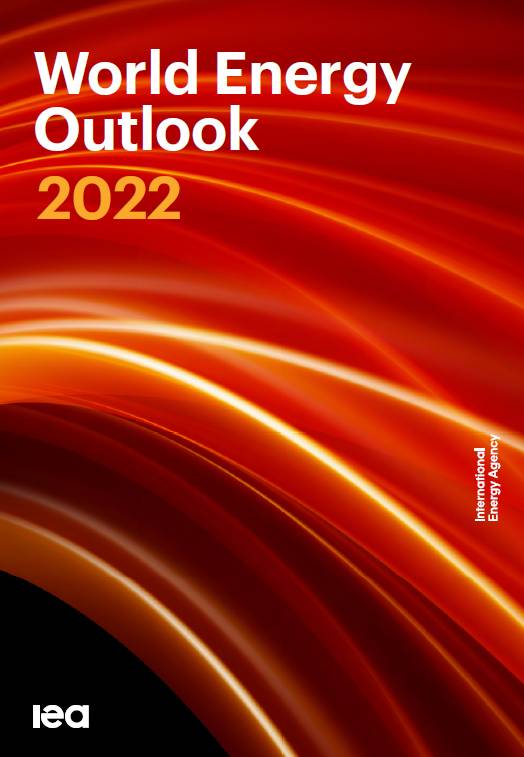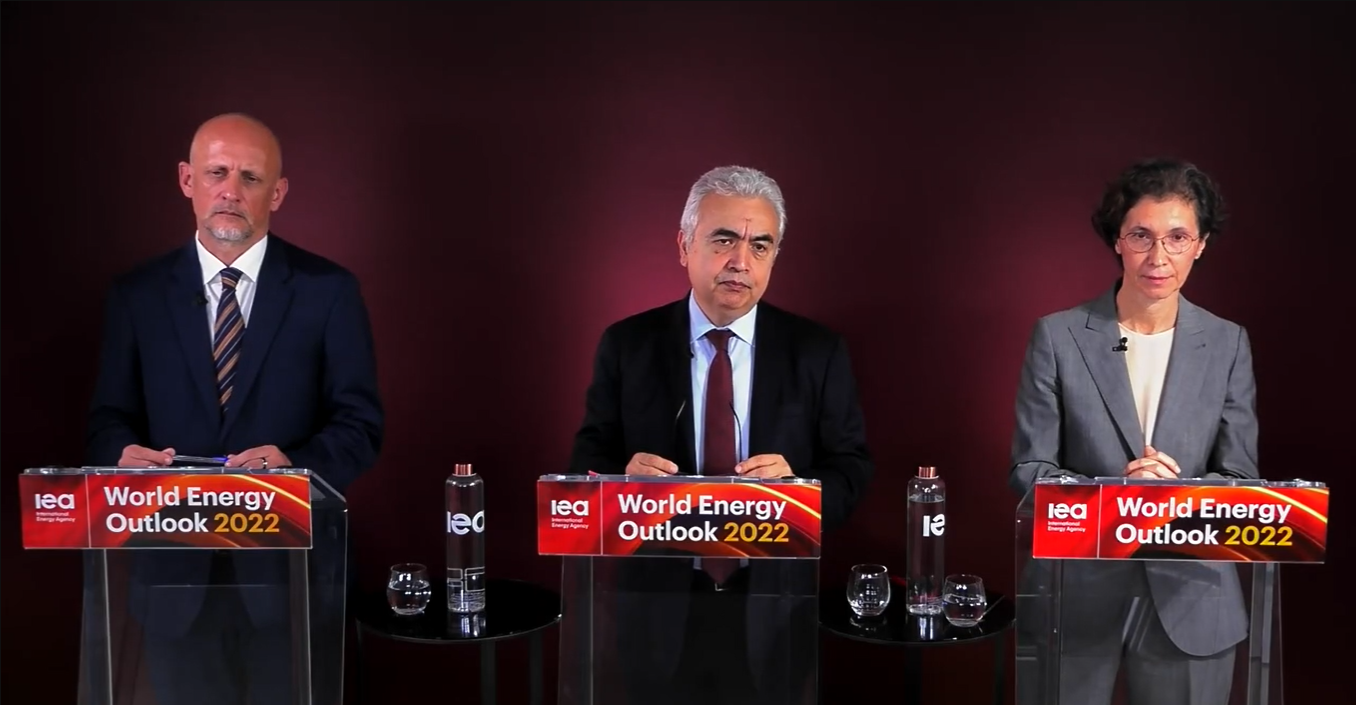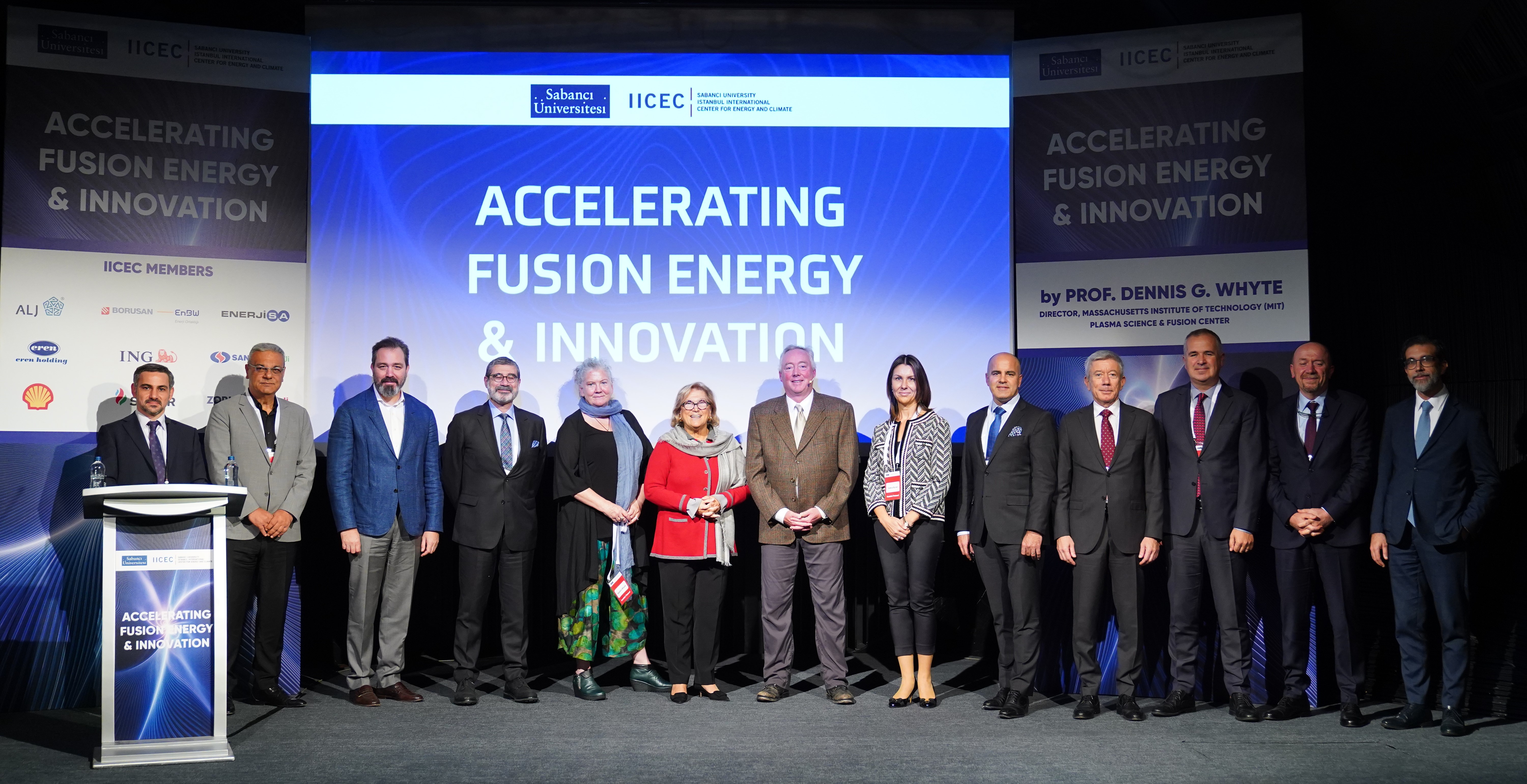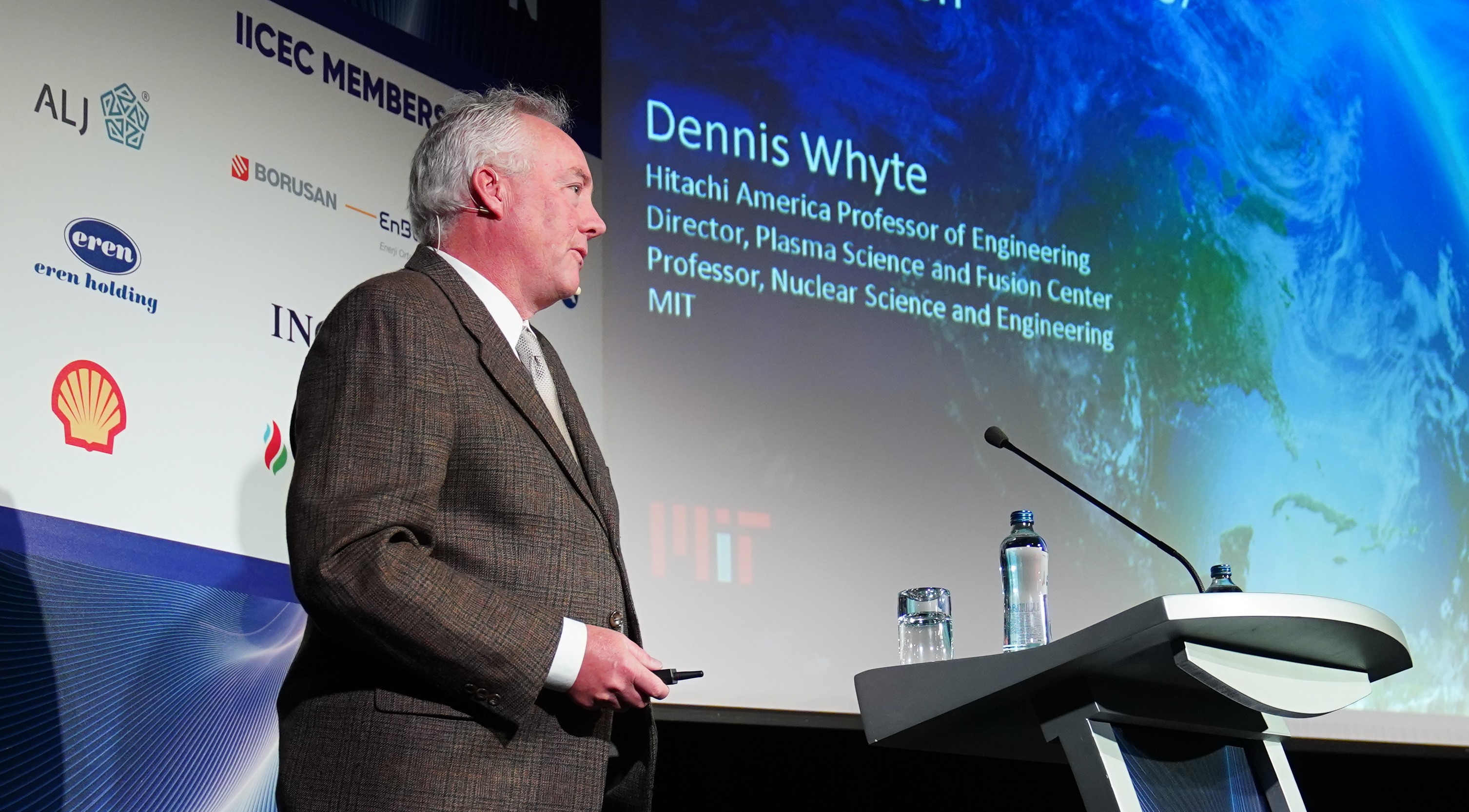IEA’s Flagship Report WEO Provides
Unique Guidebook to Address
the Energy Crisis and Outlines
the Pathways for Clean Energy
Transitions
The International Energy Agency (IEA) published the 2022 edition of the World Energy Outlook (WEO), its flagship publication, on October 27 amidst a global energy crisis triggered by Russia’s invasion of Ukraine. The Paris-based agency emphasizes that “the global energy crisis can be a historic turning point towards a cleaner and more secure future” while the global demand for each fossil fuel is showing a peak or plateau across all WEO scenarios.
The agency also notes that the increase in renewable electricity generation is sufficiently rapid to outpace growth in total electricity generation, driving down the contribution of fossil fuels to the power sector.


On the release of the Outlook, Dr. Fatih Birol, Executive Director of the IEA, said: “The environmental case for clean energy needed no reinforcement, but the economic arguments in favor of cost-competitive and affordable clean technologies are now stronger – and so too is the energy-security case. Today’s alignment of economic, climate, and security priorities has already started to move the dial towards a better outcome for the world’s people and for the planet."
WEO-2022 includes three main scenarios that mainly rely on the changing dynamics of the global energy market and the climate commitments and are differentiated primarily by the assumptions made about government policies.
The Stated Policies Scenario (STEPS) shows the trajectory implied by today’s policy settings. In it, coal use decline within the next few years, natural gas demand reaches a plateau by the end of the decade, and rising sales of electric vehicles (EVs) mean that oil demand levels off in the mid-2030s before ebbing slightly to mid-century. Total demand for fossil fuels declines steadily from the mid-2020s by around 2 exajoules (EJ) (equivalent to 1 million barrels of oil equivalent per day [mboe/d]) per year on average to 2050, an annual reduction roughly equivalent to the lifetime output of a large oil field. By 2030 in STEPS, this share falls below 75% and to just above 60% by 2050 (Figure 1).
Director of the MIT Plasma Science and Fusion Center
Prof. Dennis G. Whyte discusses the accelerated
timeline for fusion energy at IICEC Seminar in Türkiye

Fusion energy, which has the potential to revolutionize the world, was the topic of the seminar entitled “Accelerating Fusion Energy and Innovation” that was organized by Sabancı University Istanbul International Center for Energy and Climate (IICEC).
Prof. Dennis G. Whyte, Director of the Massachusetts Institute of Technology (MIT) Plasma Science and Fusion Center, a global leader in the field, stated that after decades of development of fusion technology, the world is now two-three years away with the advent of the innovative technology solutions that have been developed by the MIT center. Having successfully completed the first two phases of their studies, Whyte explained that they aim to obtain net energy from fusion in 2025 and deliver energy to the grid in 2030.
Sabancı University Istanbul International Center for Energy and Climate (IICEC) continues to bring the latest developments in energy and climate to Türkiye's agenda with its pioneering analytical studies, reports, and conferences. Within the scope of the conference series organized by IICEC with the participation of world leaders, fusion energy, which could break new ground in energy, was the topic of the seminar.

The most important person in the
science world in the field of plasma
science and fusion
Within the scope of the seminar entitled "Accelerating Fusion Energy and Innovation", Prof. Dennis G. Whyte, Director of the Massachusetts Institute of Technology (MIT) Plasma Science and Fusion Center and one of the leading figures in the field of plasma science and fusion, visited Türkiye upon the special invitation of Güler Sabancı, the founding chair of the Sabancı University Board of Trustees, for a seminar organized by IICEC at The Seed, Sakıp Sabancı Museum.